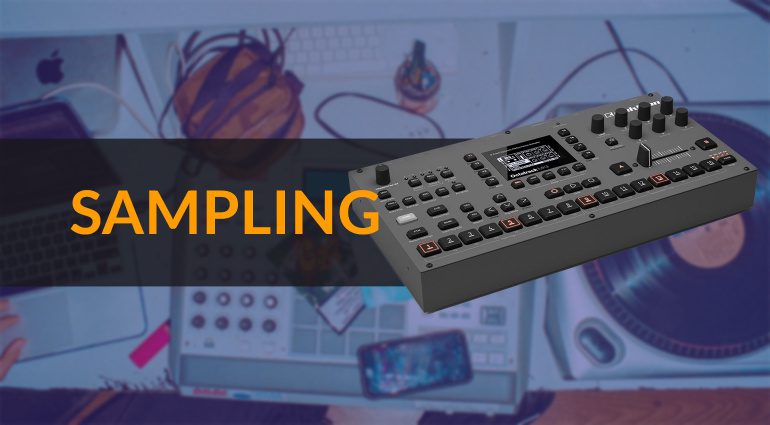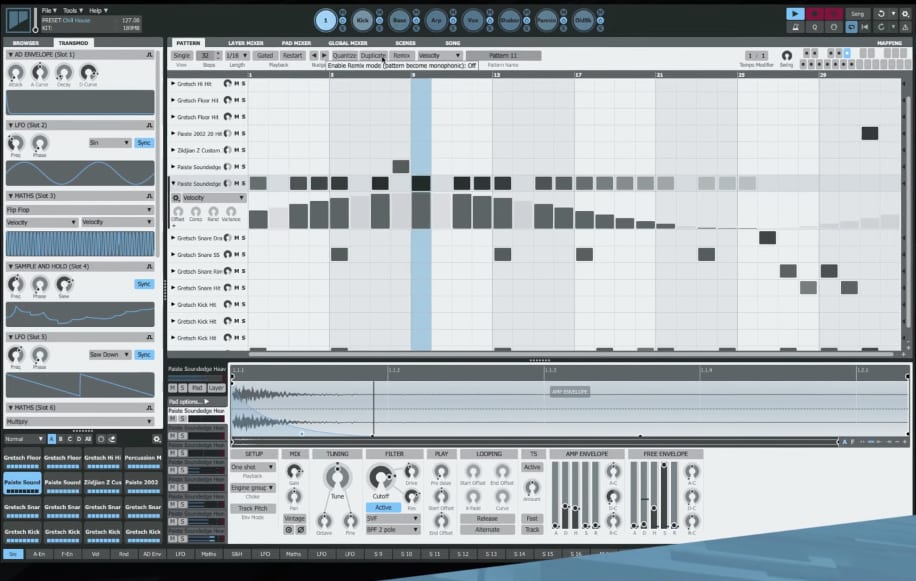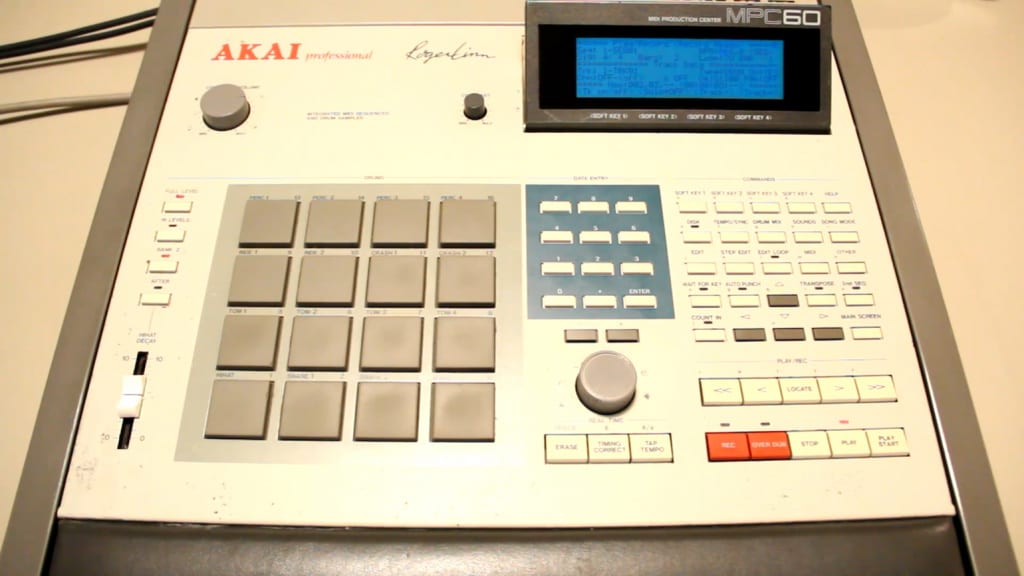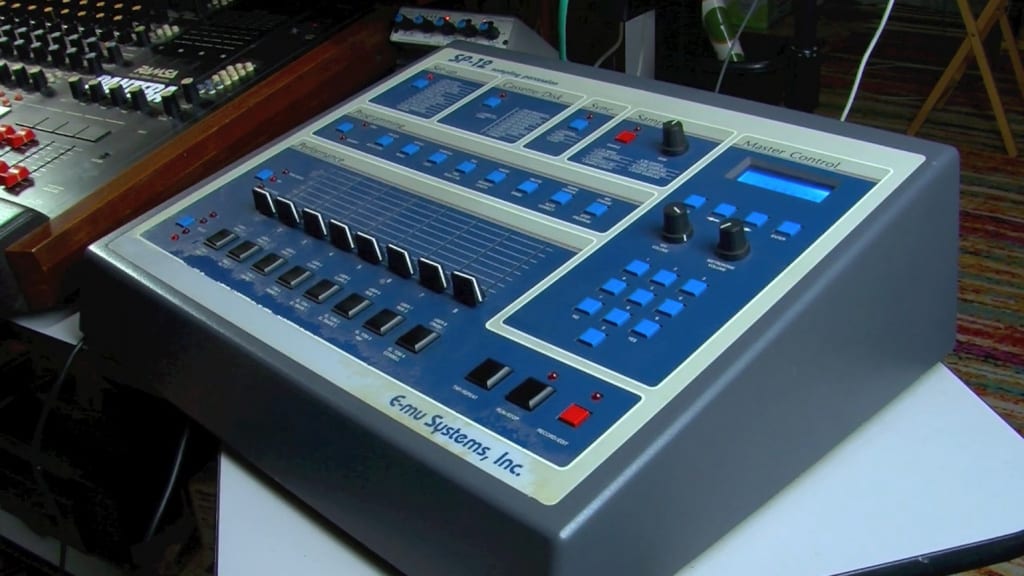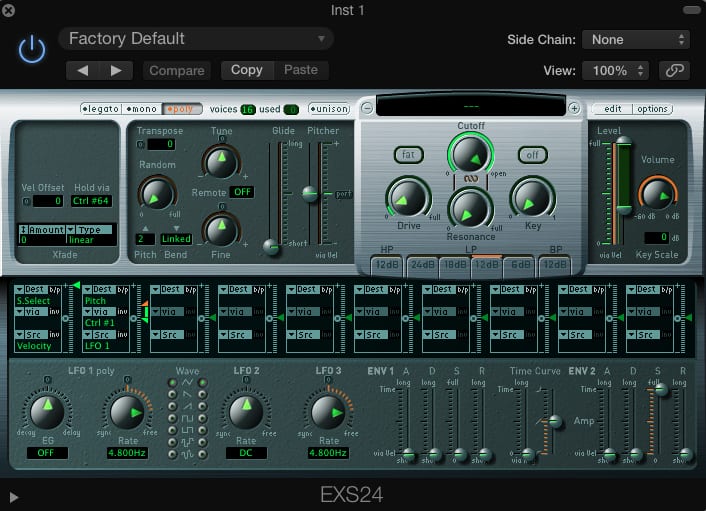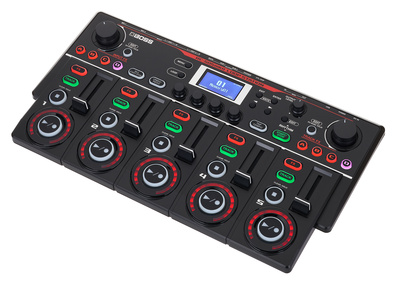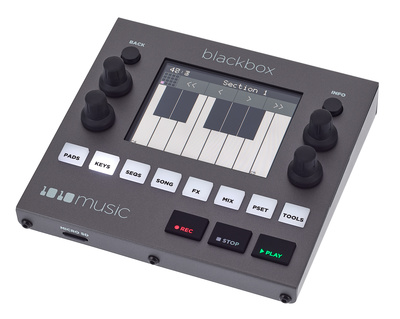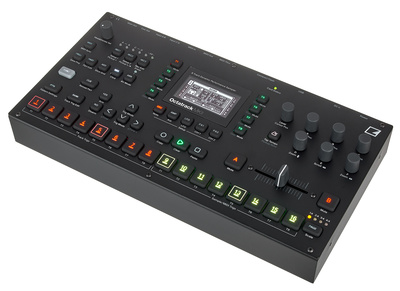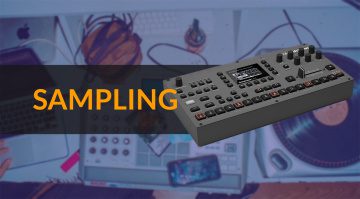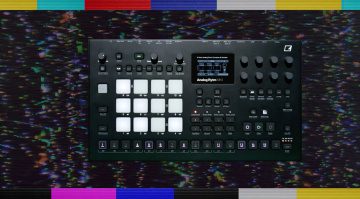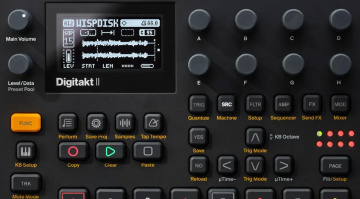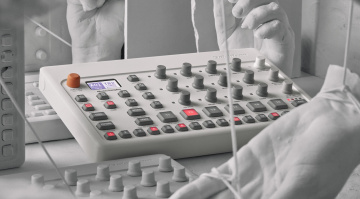Why sampling is still relevant in modern music production?
Whether we like it or not, sampling remains an intrinsic part of modern music-making culture. For the better part of a century now, it has provided a creative outlet for artists and producers.
How did sampling influence modern music?
Some of the most well-known records of all time have made use of sampling in one form or another. What’s even more surprising is that these are songs in a style you wouldn’t immediately associate with sampling, electronic music, or Hip-Hop. Songs like Tomorrow Never Knows by The Beatles, We Will Rock You by Queen, or Money by Pink Floyd all used sampling in creative ways, but how is sampling still such a big part of music today?
If we look at the way music is created and consumed since then, things have changed considerably. However, some of the same principles still apply. Music production will always be a technology-driven medium and this has been the main reason behind the evolution of sampling over the years.
In the same way, today’s entertainment industry is hyper-focused on trends within culture. Viral media is now the currency that social platforms like TikTok have turned into a trillion-dollar industry.
By controlling a huge amount of online real estate they are also dwarfing the influence previously commanded by large media corporations and record companies in the process.
How sampling has evolved
The digital renaissance of the 1980s had similar hallmarks, with the rise of tech companies like Sony, Akai, and Roland. The relationship between technology and the music business became even more inseparable.
Almost overnight, CDs changed the way music was consumed, while instruments such as the Akai MPC60 and the E-mu SP12 gave musicians unprecedented access to the power of digital sampling.
It’s no coincidence that this time marked an explosion of sampling in mainstream music. A small street culture movement known as Hip-Hop would steadily become the flagship of modern music that we know today, with sampling as one of its most creative aspects.
- Akai MPC-60 · Source: YouTube
- E-mu SP12 · Source: YouTube
Legally owned or not, the concept of using and manipulating previously recorded audio in the music creation process has been a catalyst in the mediacentric world we live in.
It’s evident in so much of our daily lives, like the way memes sample and repurpose culture to illustrate a new perspective, or how an influencer can license a snippet of a song for video content on Instagram or TikTok. Is it stealing, or simply being ahead of the curve in terms of intellectual property monetization?
That is, perhaps, a question for the philosophers. Historically, when it comes to the legalities though, one thing is certain. No artist or producer was ever sued unless they had a hit record first.
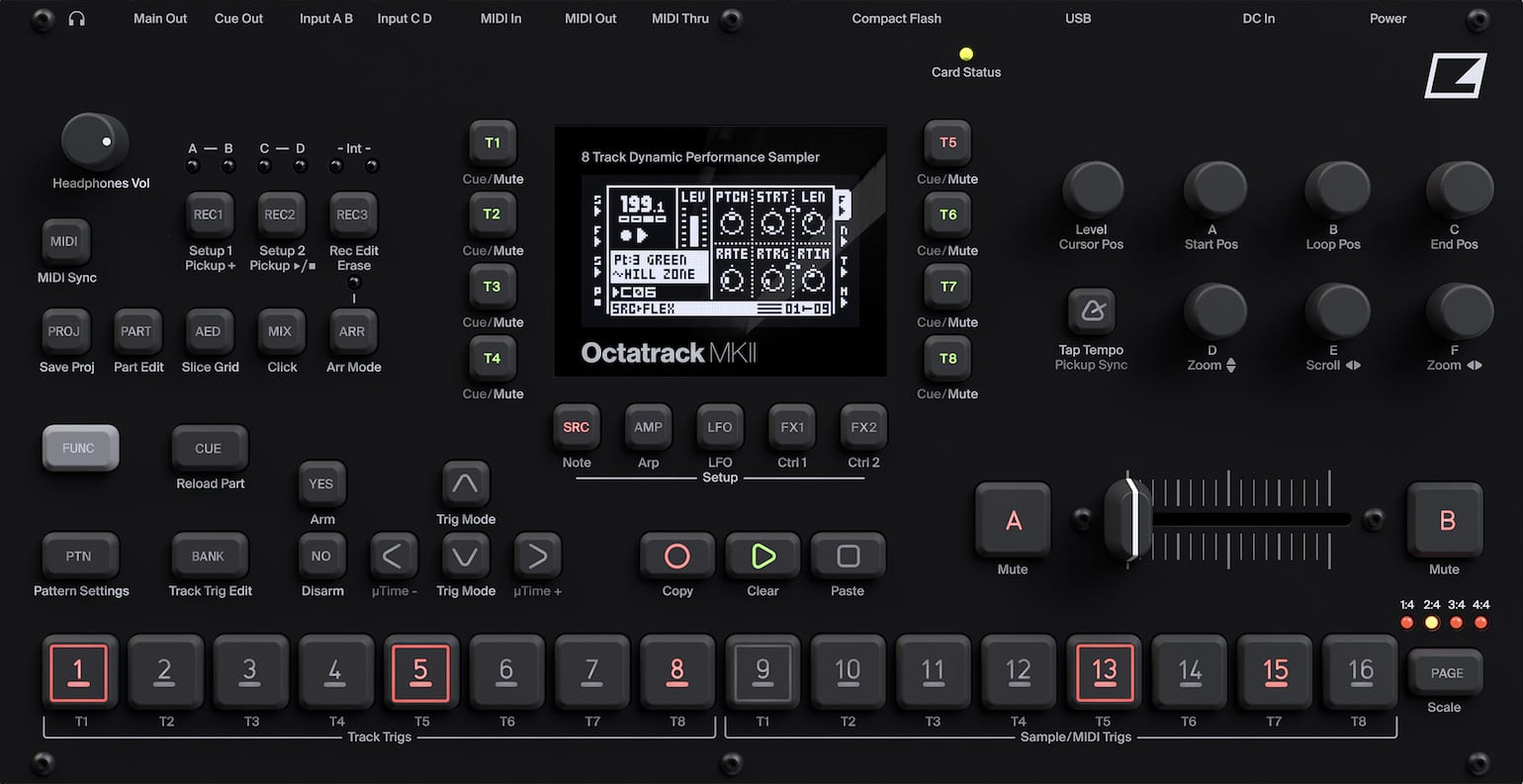
The Elektron Octatrak MK II is one of the most popular performance-based samplers around today. · Source: Elektron
Using sampling in your music
High-quality samplers are available today in many forms and price ranges, and most DAW software comes standard with some great samplers. However, some do offer a slightly different approach to sampling. So let’s check out some options and see how you can incorporate sampling into your music production or live setup.
Software Samplers
Plugins bring sampling to the DAW environment in an affordable, user-friendly way. These 3 examples each have a different focus, so we can get a brief look at what’s out there:
Togu Audio Line TAL-Sampler
For those looking for the vintage sound and approach to sampling, the TAL-Sampler might be just the thing. Without menu diving or being too technical, it brings together a great feature set with a simple intuitive layout. Like most of the TAL software plugins, it brings iconic instruments and effects to your DAW in a very straightforward way.
- Unique features: Sounds incredibly convincing. Great built-in FX.
- Cons: Vintage-style interface might be a little ‘clunky’ for some.
FXpansion Geist2
If you make your music exclusively using samples, a standard DAW sampler might not be enough. Geist2 is a sample-based sound environment and sequencer for your DAW, giving you new sound design capabilities. Creatively, it also offers features for loop creation and arrangement, making it a powerful tool in your production process.
- Unique features: Complete solution for sample-based sound creation, amazing sound library.
- Cons: A little involved and feature-heavy, too ‘electronic’ maybe?
Logic EXS24
Old enough to be considered vintage by modern standards, the EXS24 was widely used in studios long before Apple acquired Emagic. Dated as it may be, it still provides total creative control over the sample-based sound creation process. The EXS is still a high-quality sounding instrument with a number of features that aren’t available on most other hardware or software samplers.
- Unique features: Extensive modulation matrix, compatibility with other hardware and software.
- Cons: Discontinued after Logic Pro 10.4.8, dated interface, Mac only.
Hardware Samplers
From the pioneering days of the 1980s, the more studio-bound beasts from Synclavier, Fairlight, and E-mu Systems have evolved into hand-luggage-friendly instruments with huge potential. Here are 3 sampling instruments extensively used today:
Boss RC-505 MKII
The RC-505 MKII is the standard for loop-based music performance in any genre. With its highly intuitive layout and great FX and connectivity options, it’s no wonder loop artists often own 2 of them. It’s a great tool for those seeking a break from the creative constraints of using a mouse.
- Unique features: Performer-orientated layout, great onboard FX, built-in audio interface.
- Cons: Build quality is not as rugged as you might like.
1010music Blackbox
Those from the Eurorack dimension will be familiar with the intrepid creations of 1010music. The Blackbox offers a boutique sampling solution in a neat lightweight package. Although, the price tag may be a bit high for what equates to a musical sketch pad.
The Polyend Tracker, Akai MPC One, and Teenage Engineering‘s OP-1 are so close in price, and there are also some impressive iOS/Android options like the Koala sampler. You really have to specifically love the Blackbox’s design and workflow to justify its cost.
- Unique features: Compact, touchscreen interface.
- Cons: Expensive, processing and sequencer not as developed as one would expect.
Elektron Octatrak
At the heart of most DAW-less electronic music setups, both live and in studio, you’ll find the Octatrack. It’s an outstanding sequencer with multiple modes of operation, and the ability to send 8 tracks of MIDI – so it’s no wonder artists often refer to it as “the brain”. The workflow might be too involved for some, however, so the Digitakt or Model: Samples might be better introductions to the Elektron family.
- Unique features: Advanced sequencer, live-focused sampling, and looping.
- Cons: Expensive, steep technical learning curve, onboard effects could be better.
More about sampling:
- The best budget samplers
- How to get that old-school sampler sound
- Upgrading a vintage Emulator II
- Kraftwerk’s sampling lawsuit win
- Roger Linn’s legacy
- Everything vintage
Videos:
You are currently viewing a placeholder content from YouTube. To access the actual content, click the button below. Please note that doing so will share data with third-party providers.
You are currently viewing a placeholder content from YouTube. To access the actual content, click the button below. Please note that doing so will share data with third-party providers.
You are currently viewing a placeholder content from YouTube. To access the actual content, click the button below. Please note that doing so will share data with third-party providers.
You are currently viewing a placeholder content from YouTube. To access the actual content, click the button below. Please note that doing so will share data with third-party providers.
You are currently viewing a placeholder content from YouTube. To access the actual content, click the button below. Please note that doing so will share data with third-party providers.
You are currently viewing a placeholder content from YouTube. To access the actual content, click the button below. Please note that doing so will share data with third-party providers.
*Note: This post contains affiliate links and/or widgets. When you buy a product via our affiliate partner, we receive a small commission that helps support what we do. Don’t worry, you pay the same price. Thanks for your support!

 3,0 / 5,0 |
3,0 / 5,0 | 